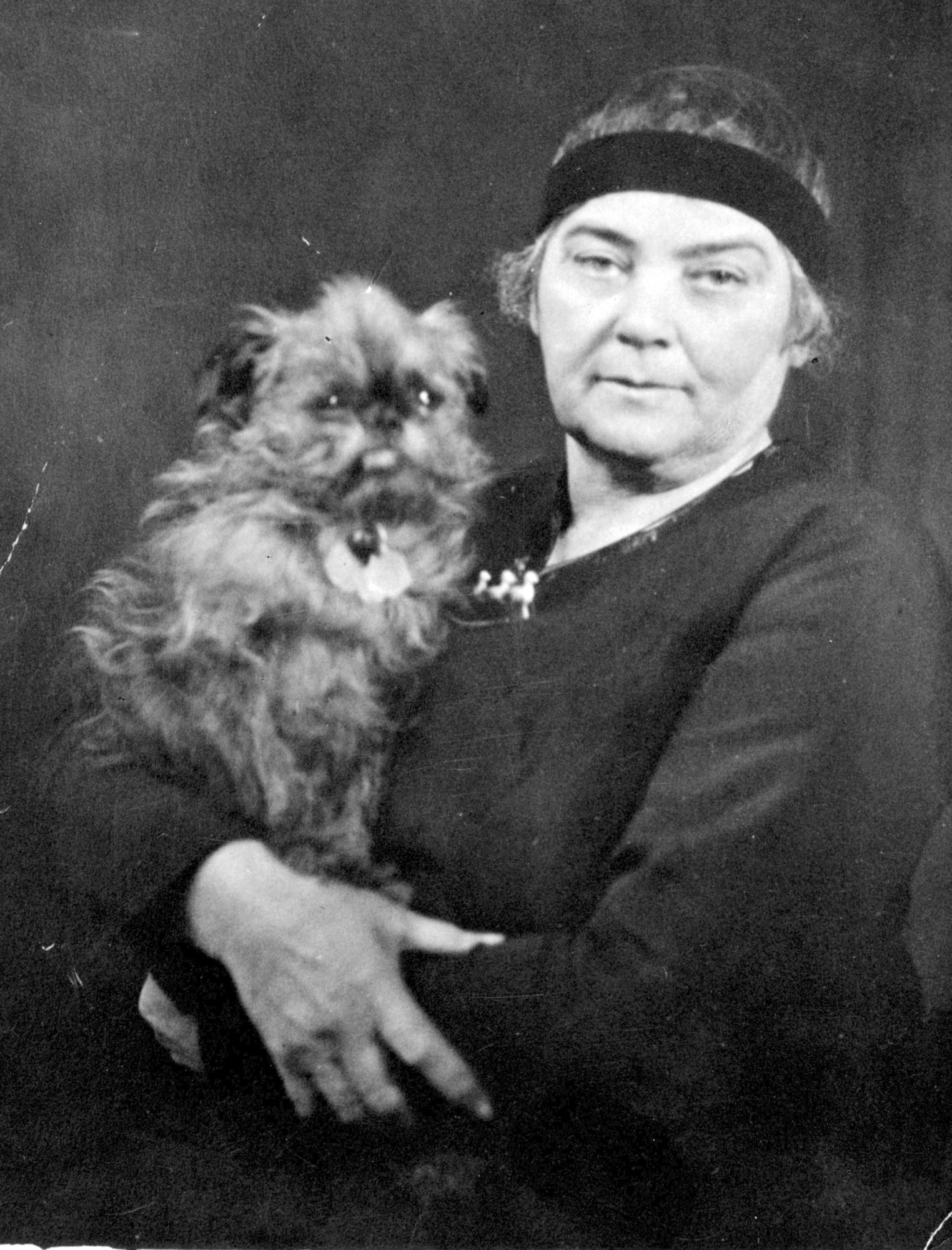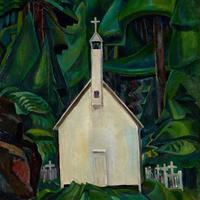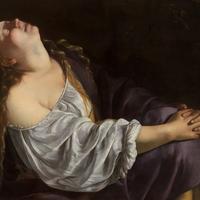More about Emily Carr
- All
- Info
- Shop
Works by Emily Carr

Contributor
If we’re going to talk about Canadian artists, it’s best not to forget Emily Carr.
While she lived, the world made the mistake of pushing her into obscurity, almost forcing her to give up on art. But our girl persisted. This world was just going to have to take notice. They finall did when she was 50. Not the best career graph for an artist, but better late than never, right?
Emily was the only Carr in the family who was born Canadian. Her parents were English. They unfortunately both perished by the time she was 16. All the Carr kids were now the responsibility of Edith (Emily’s eldest sister). It was around this time that Emily packed her bags and headed south to San Francisco. She was going to be an artist.
After 6 years in California, Emily realized that the real action was in Europe. In 1899, she set sail for London. Probably wasn’t the best idea. She wound up at the East Anglican Sanatorium in 1903, with a severe case of "hysteria." It didn’t stop her from painting, but it did hold up her artistic career. It wasn’t until she moved to France in 1910 that she finally found her voice. It was Frances Hodgkins of the Fauves who taught Emily how to paint her colorful truth.
But Emily knew what she wanted to paint before she met the Fauves. Back in 1907, Emily and her sister went on a little trip to Alaska. Clearly, our favorite Carr (and I’m not talking about Jimmy) was quite impressed with what she saw. She filled her sketchbook with scenes from the trip. Quite the travel blogger Ms. Carr turned out to be. She would do a lot more of that when she returned to Canada from France.
Unfortunately, for over a decade, Emily was unable to sell her paintings. She started a boarding house called “The House of All Sorts," and even dabbled in dog breeding and pottery. In a lot of her photographs, you’ll also see her dashing little pup, Billie. This wasn’t the life she wanted, but hey, she had Billie. I’d try to make my life work for him.
Emily got her big break in the 1920s when she met with the Group of Seven (also known as the Algonquin School), a club of fellow Canadian landscape painters. They pulled her out of her boarding house and got her to start painting again, but disbanded a few years later. Emily then teamed up with the Canadian Group of Painters. In 1937 she suffered a severe heart attack and had to trade in her paintbrush for a pen. She wrote a lot- about her life, her dogs, her boarding house, her art, the people she met. She wrote until she died in 1945.
Sources
- “EMILY CARR.” Art Country Canada Group of Seven EMILY CARR. Accessed November 1, 2019. https://www.artcountrycanada.com/group-of-seven-carr-bio.htm.
- Kilgour, David. “Solitary Genius.” Six: Emily Carr. Accessed November 1, 2019. http://www.david-kilgour.com/uneasy/chap06.htm.
- Art Canada Institute - Institut de l’art. “Emily Carr.” Art Canada Institute - Institut de l'art canadien. Accessed November 1, 2019. https://aci-iac.ca/art-books/emily-carr/biography.
- “Emily Carr - Biography of a Canadian Artist - Art History Archive.” Art History Archive. Accessed November 1, 2019. http://www.arthistoryarchive.com/arthistory/canadian/Emily-Carr.html.
- “House of All Sorts.” Emily Carr House. Accessed November 1, 2019. https://www.emilycarr.com/house-of-all-sorts/.
- Carr, Emily. The House of All Sorts. Vancouver: Douglas & McIntyre, 2004.
Featured Content
Here is what Wikipedia says about Emily Carr
Emily Carr (December 13, 1871 – March 2, 1945) was a Canadian artist who was inspired by the monumental art and villages of the First Nations and the landscapes of British Columbia. She also was a vivid writer and chronicler of life in her surroundings, praised for her "complete candour" and "strong prose". Klee Wyck, her first book, published in 1941, won the Governor General's Literary Award for non-fiction and this book and others written by her or compiled from her writings later are still much in demand today.
Carr's keynote paintings, such as The Indian Church (1929), were not widely known in Canada at first. But her stature as one of Canada's most important artists continued to grow. Today, she is considered a cherished, even revered figure of Canadian arts and letters. Scholars and the public alike regard her as a Canadian national treasure and the Canadian Encyclopedia describes her as a Canadian icon. She has been designated a National Historic Person and had a Minor planet 5688 Kleewyck named after her anglicized native name (Klee Wyck). As one scholar in her 2014 book on Carr, put it, "we love her and she continues to speak to us".
Emily Carr lived most of her life in the city in which she was born and died, Victoria, British Columbia.
Check out the full Wikipedia article about Emily Carr













